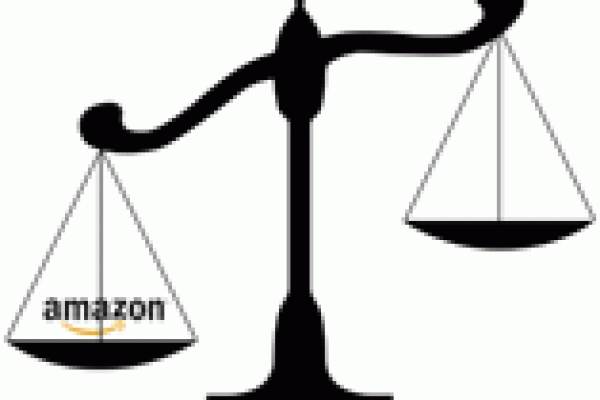The Daily Mail has commented on Amazon’s Price Parity policy, claiming that it’s detrimental to consumers and that consumer protection lawyers are calling for an investigation.
Sadly the Daily Mail has it the wrong way around – the article suggests that Amazon are insisting that retailers increase prices on their own websites to bring prices inline with their listings on Amazon. What Amazon actually do is “require that sellers who choose to sell products on Amazon not charge customers higher prices on Amazon than they charge elsewhere” (quoted from the Amazon Seller Account Policy Warning email).
It’s a shame that the Daily Mail didn’t dig a bit further and discover that what Amazon do isn’t “artificially inflating prices” and they’re not “exploiting their market power in a way that is detrimental to consumers”. What they’re actually doing is asking sellers not sell products to consumers at a higher cost on Amazon than they do on their own websites that’s lowering prices not inflating them! (It’s also worth noting that it’s not price fixing under the Competition Act – they’re not requiring you to match prices with your competitors, only to be no more expensive than your own website)
The answer is either to match prices and make lower margins but higher volume on Amazon, sell different inventory on Amazon to your website (think bundles!) or simply make a decision as to whether Amazon’s proposition is correct for you.
Of course the truth of the matter is most Amazon sellers wouldn’t survive on their website sales alone and they don’t invest heavily to drive traffic. They don’t like matching their website prices on Amazon to take into account Amazon fees, which look high when compared to the under investment on their own website.
Perhaps it’s time to invest in driving traffic to your own website so that you could afford to switch off Amazon if you wanted to – How hard would it be for you to replace your Amazon turnover/profits with website sales?








9 Responses
Amazon’s prices seem to go up and down each time I look, is there a set procession from the price an Amazon fulfilled item is first sold at to the price it may be when you back to look?
thank you Chris!! That makes sense now, I thought there had to be some kind of automatic revision.
Hi Chris, All,
Your timing for this post was spot on, I documented this from a different angle this morning.
It appears they’re looking for any price difference, as the examples I had the lowest was a 9% difference, but Andrew came in with an example at 3% difference between the website and Amazon.
Question is: Has anyone seen Amazon reference an eBay listing yet in their price parity warning?
Matt
It does seem anti-competitive to me.
Anything that aims to fix prices and prevent sellers from lowering their prices to consumers must reduce price competition.
In theory you might be right Chris but I think that in practice Amazon does inflate prices. Because of the commission levels on Amazon I think the real effect is that Amazon sellers raise the prices on alternative markets (if they want a bit of the Amazon pie) or drop the product. This does create a bit of a monopolistic situation. Interestingly the don’t require price parity across Amazon sites.